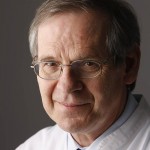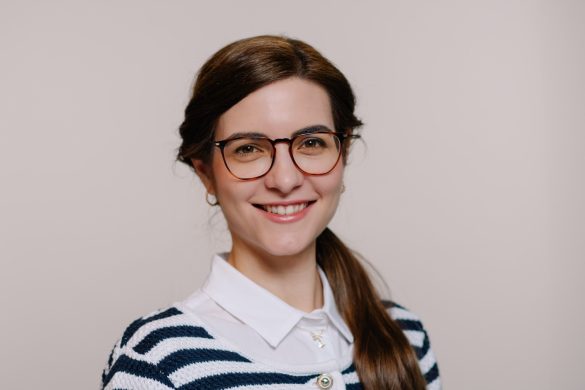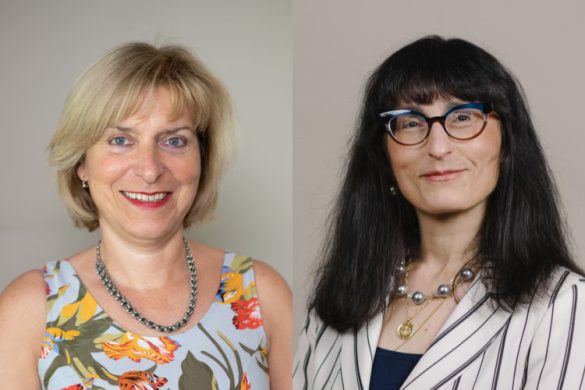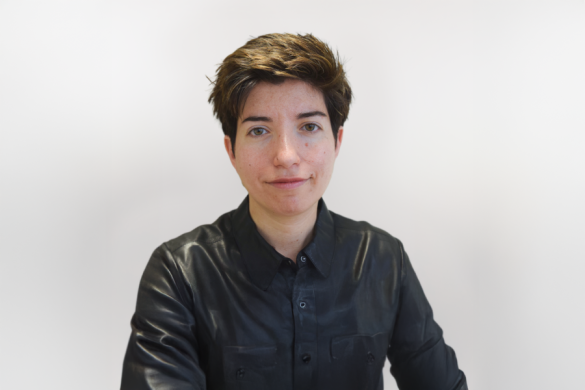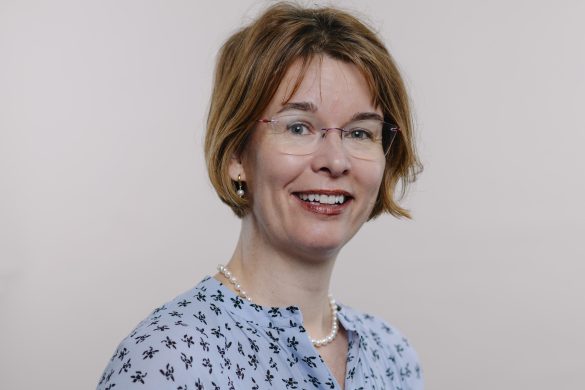by Günther Deuschl
The Lasker-DeBakey Clinical Medical Research Award is one of the most important medical awards and goes this year to Mahlong R. Delong, Atlanta, USA and Alim Benabid, Grenoble, France for the ‘development of deep brain stimulation of the subthalamic nucleus (STN-DBS), a surgical technique that reduces tremors and restores motor function in patients with advanced Parkinson’s disease’. Indeed their contribution to the development of STN-DBS has been outstanding. As a contemporary witness of this development I want to briefly honor this outstanding Neurosurgeon from France and this brilliant Neurologist from Baltimore who have been working in completely different cultural and scientific environments to develop the same new treatment. It is also one of the outstanding examples of translational research of the past 50 years.
Delong has been trained by Edwart Evarts at the American National Institute of Mental Health in Bethesda, the great brain physiologist who has brought the method of microrecording from the intact brain to perfection. Delong developed his interest into the function of the basal ganglia system here. He moved to Baltimore in 1973 working at John Hopkins Hospital as a neurologist finishing his board exam in 1980. He built up a large team to understand the basal ganglia with anatomical and physiological methods. In these days it was already well-known that the basal ganglia are connected with the cortex but Alexander, Delong and Strick showed in a conceptual paper with many original data that these connections are organized in anatomically and functionally segregated loops for different systems like the motor, the limbic and the cognitive system. (1) This was a breakthrough for the world of Movement Disorders and it allowed understanding many of the classical movement disorders as the result of a disturbance of an integrated loop system. The exact functional abnormalities of the different elements of this basal ganglia loop remained unknown until a model of Parkinson’s disease was available. This model was created due to the work of B. Langston who discovered MPTP, a selective toxin for dopaminergic neurons. (2) M. Delong very early started to use it in monkeys rendered Parkinsonism and studied the firing of cells in the subthalamic nucleus with and without L-dopa. Together with H. Bergman and T. Wichmann he finally did the key experiment for developing the new treatment. This was to destroy the subthalamic nucleus chemically in Parkinsonian monkeys resulting in normalized movements on the contralateral side. (3) This message spread immediately in the community of Parkinson researchers and everybody was thinking about ways how the subthalamic nucleus can be safely knocked out in the patient with Parkinson’s disease.
Alim Benabid in Grenoble has been working as a neurosurgeon at the Joseph Fourier University in Grenoble with a high interest in functional neurosurgery. Initially he committed himself to better understand tumor topography and biology. He developed better ways to do stereotactic tumor biopsies. A related topic to stereotactic biopsies is the lesional surgery with thermocoagulation. Grenoble was one of the few places in Europe where functional neurosurgery survived after its decline in the early 70-ies. Therefore, he was very familiar with lesional procedures in the ventrolateral thalamus to improve tremors. In these days it was neurosurgical standard to stimulate with a thin electrode in the target area and it was known that at higher frequencies the tremor can be acutely blocked. Many others have observed this effect before but Benabid thought about putting a permanent electrode in this place and this was his first important discovery in 19874. Since then thalamic stimulation was more and more replacing the lesional termocoagulations for tremor. In the late 80-ies after Delongs 1986-paper (2) it was already clear that the thalamic target for lesioning and stimulation is located within the basal ganglia loop and everybody was prepared to find better places for stimulation. Researcher were already considering the subthalamic nucleus as a possible candidate but everybody feared to touch it because of the risk of inducing permanent choreatic and ballistic movements. After the 1991-Delong (3) paper A. Benabid and P. Pollak agreed to propose this intervention to the first patient who was operated in 1991 with great success.(5)
This was the birth of an intervention, deep brain stimulation, which has now improved more than 100.000 Parkinson patients worldwide. But even more importantly it has opened a field of treatments for many disorders which are all characterized by abnormal functional loops, of which dystonia, epilepsies and depression are only some examples. In these diseases there is not only the treatment with transmitters or their antagonists to renormalize the loop but there is the possibility to modulate the brain activity electrically to restore the function of the loop. It is the beginning of an era which will lead us to explore the treatment aspects of systems neuroscience and which will ultimately lead to new discoveries how such complex diseases can be improved. It is a fascinating example how translational research is developing neurology. A. Benabid and M. Delong are important fathers of this development.
References:
1. Alexander GE, DeLong MR, Strick PL. Parallel organization of functionally segregated circuits linking basal ganglia and cortex. Annu Rev Neurosci 1986;9:357-381.
2. Langston JW, Ballard P, Tetrud JW, Irwin I. Chronic Parkinsonism in humans due to a product of meperidine-analog synthesis. Science 1983;219(4587):979-980.
3. Bergman H, Wichmann T, DeLong MR. Reversal of experimental parkinsonism by lesions of the subthalamic nucleus. Science 1990;249(4975):1436-1438.
4. Benabid AL, Pollak P, Gervason C, et al. Long-term suppression of tremor by chronic stimulation of the ventral intermediate thalamic nucleus. Lancet 1991;337(8738):403-406.
5. Limousin P, Pollak P, Benazzouz A, et al. Effect of parkinsonian signs and symptoms of bilateral subthalamic nucleus stimulation. Lancet 1995;345(8942):91-95.

